David Murphy
Mentor
I recently bought a Canon 50mm F2.8. One does not hear a lot about this lens and it does not seem to be nearly as common as say the Canon 50mm F1.8, collapsible 50mm F1.9, or even the 50mm F1.2. My expectations were not too high for this simple four element lens, but I was surprised. These tests shown here were made on a Canon L3 using expired Kodak 100 Gold. The subjects of the test were many of the beautiful small homes that adorn the part of Southern California that I live in (Pasadena and Altadena).
The aperture settings were F5.6 and F16 because of the lighting conditions (etc.). Here are some compressed and reduced scans. No post-processing was performed except size reduction and compression. Following these pictures are links to all the pictures (although photobucket seems to want to reduce their size even more). Of course the images are sharper when viewed directly on my computer at 2400X1600 resolution, but I think the compressed images still give a nice sense of the resolution capability and contrast response of this lens.
By the way the 50/2.8 has really excellent build quality - it reminds me of Leica product of the same era. Of course all the Canon lenses are built well, although some shine a little more brightly than others, and I'd put the 50/2.8 in that group.
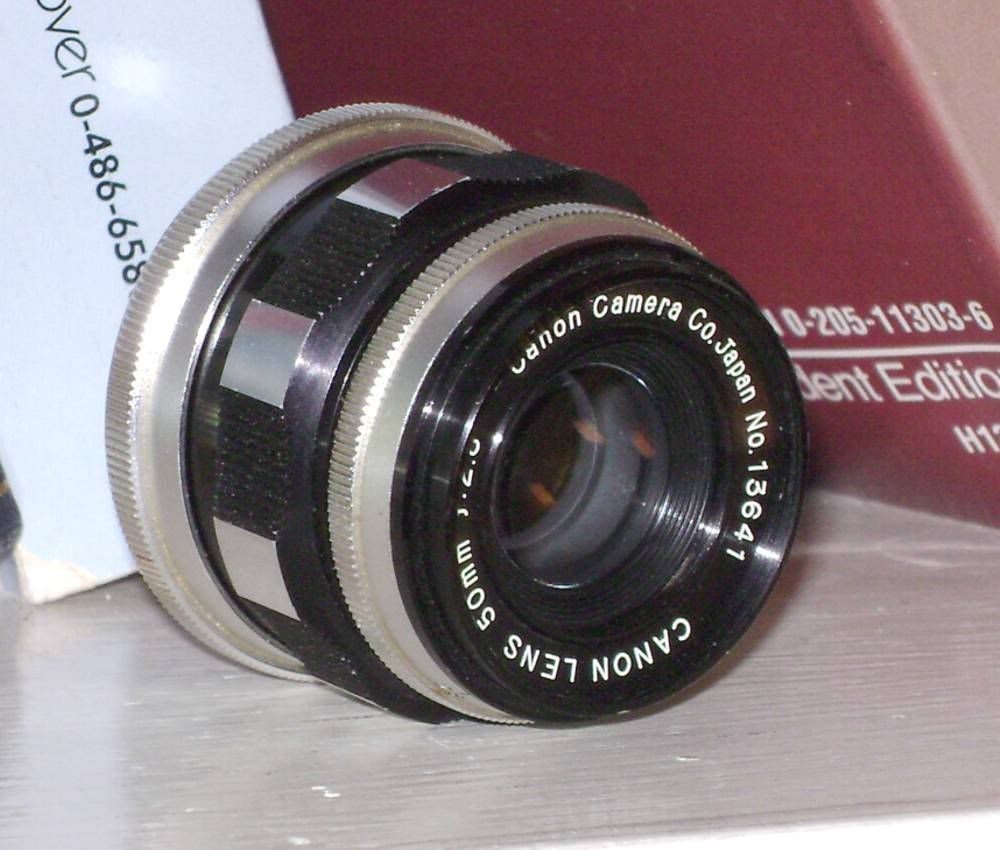

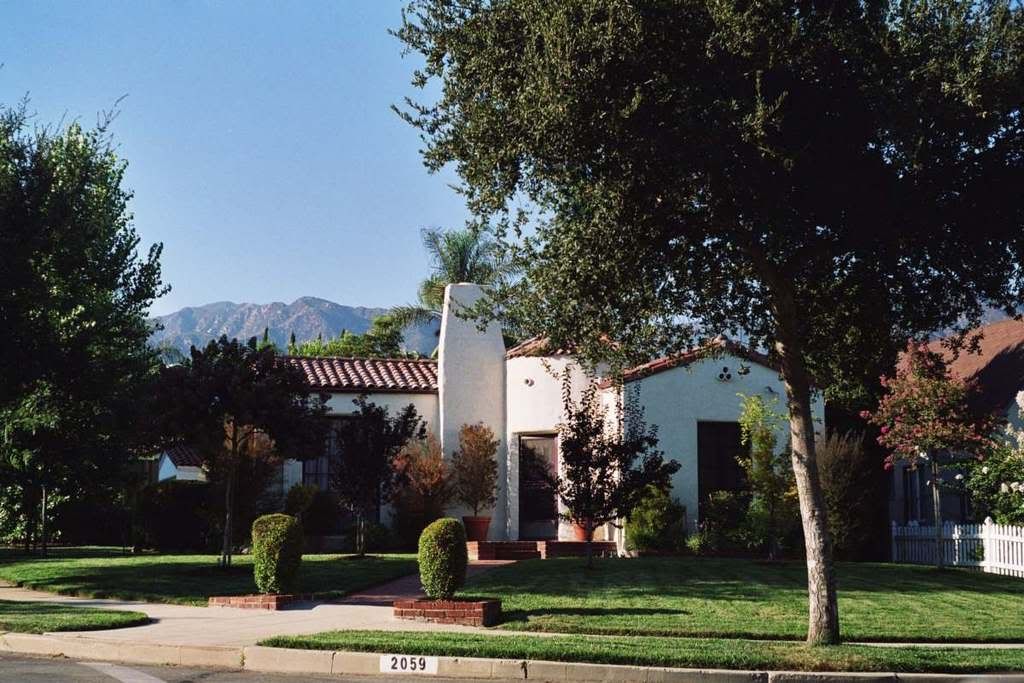
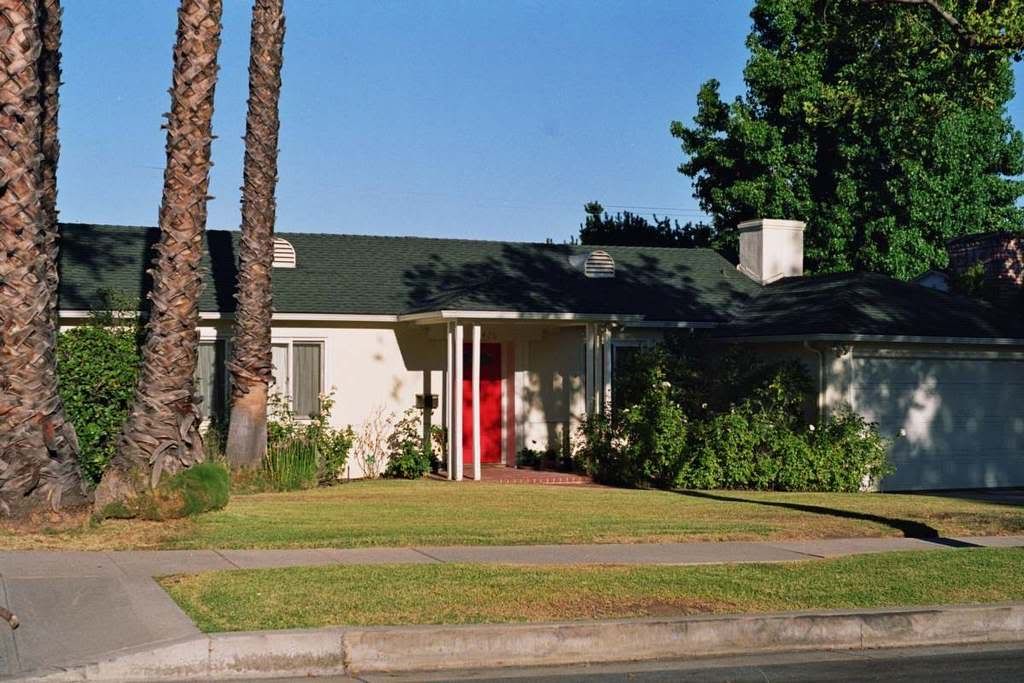

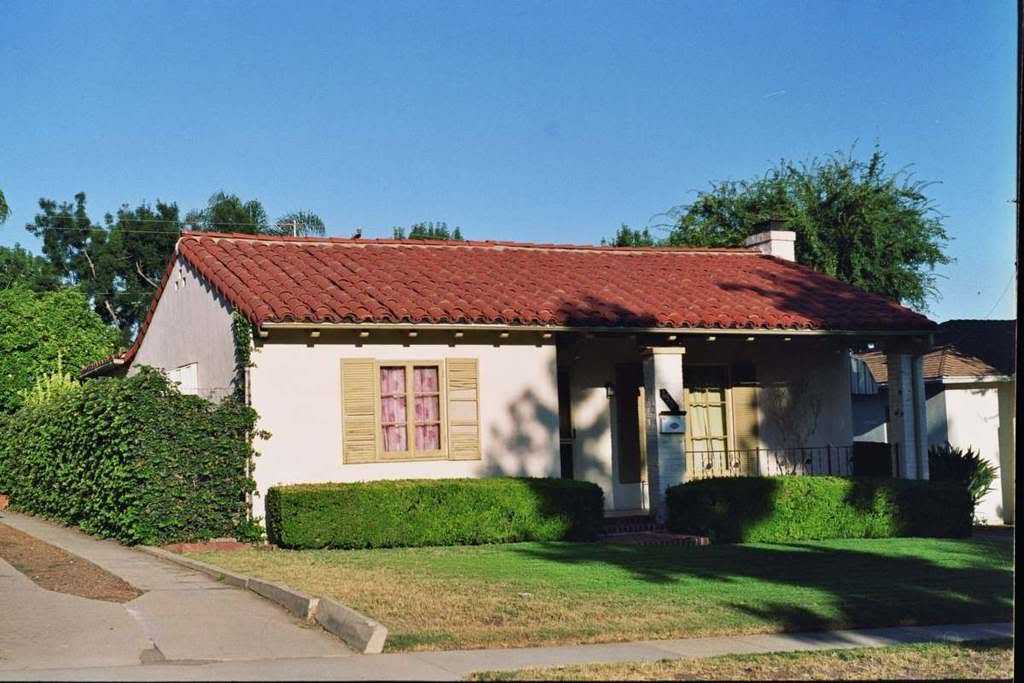
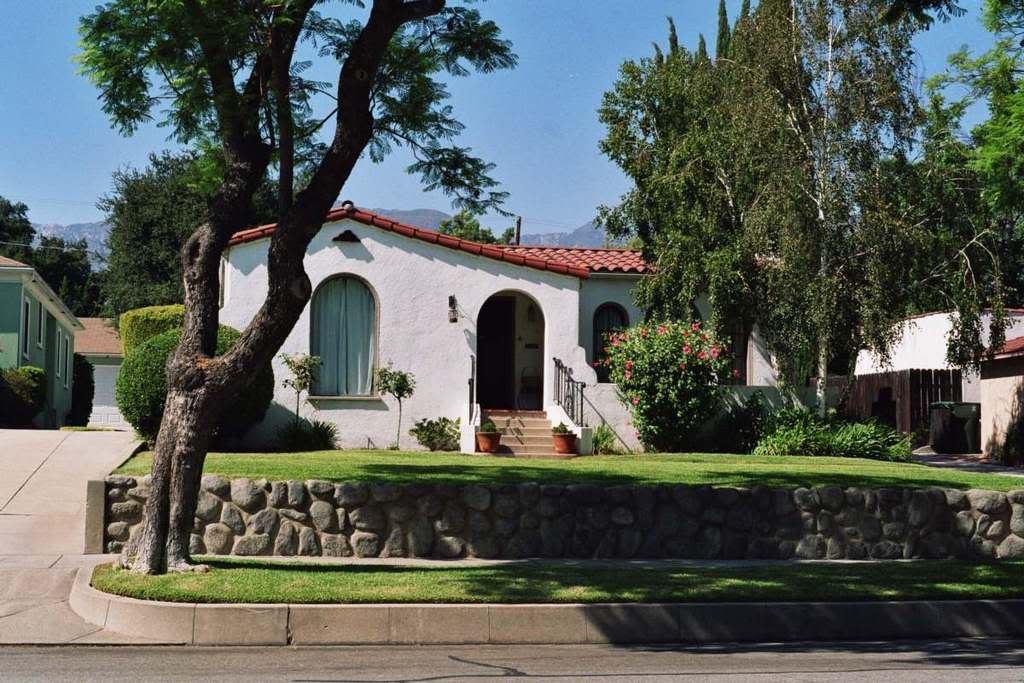
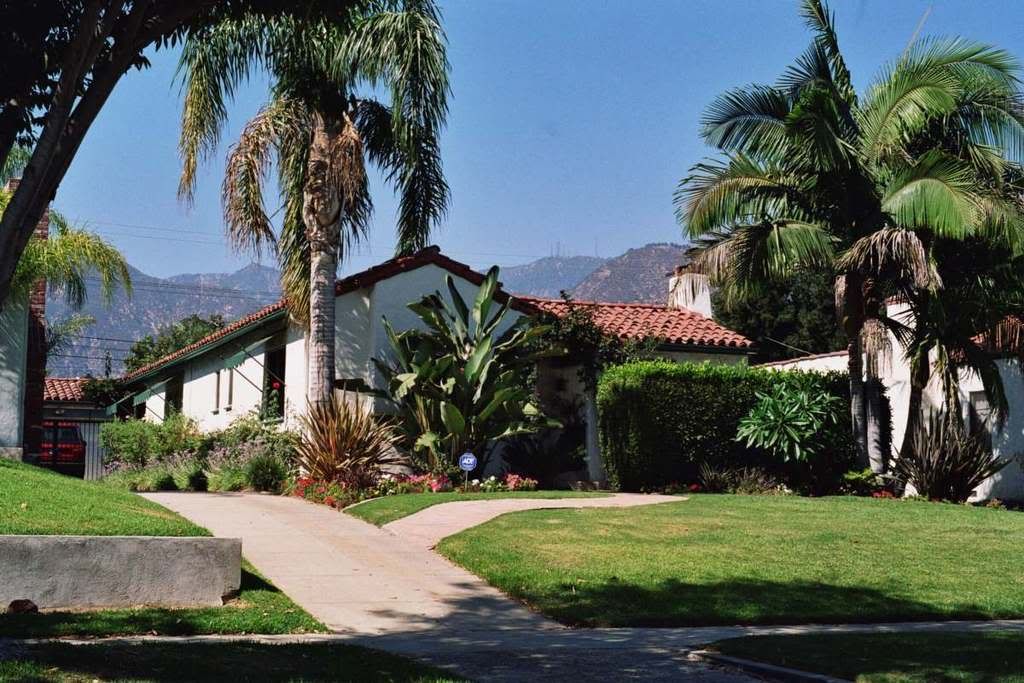
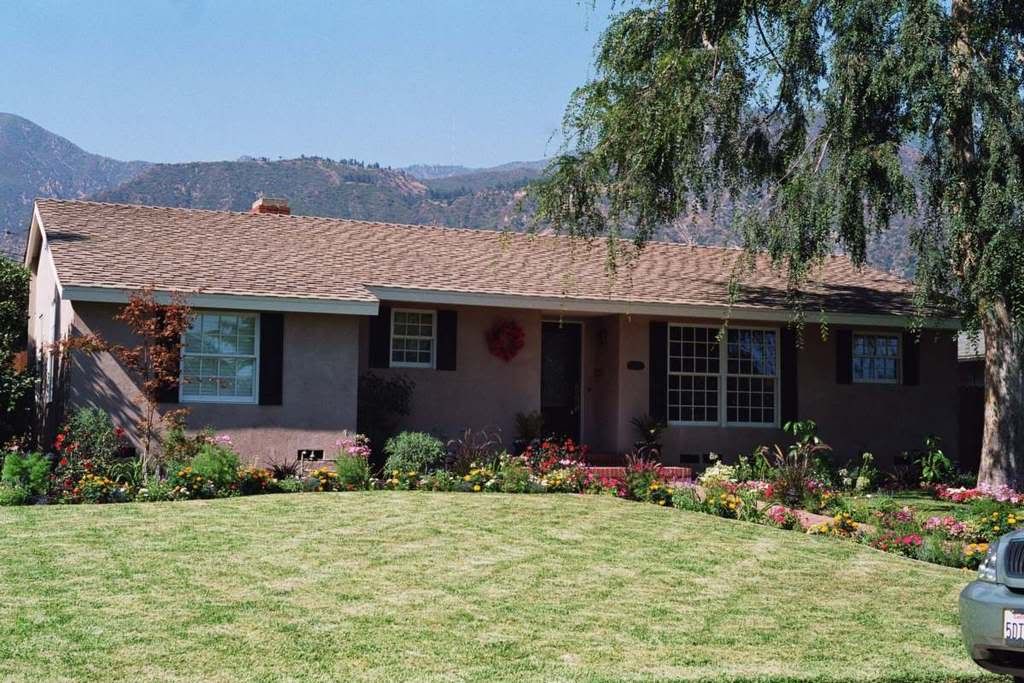
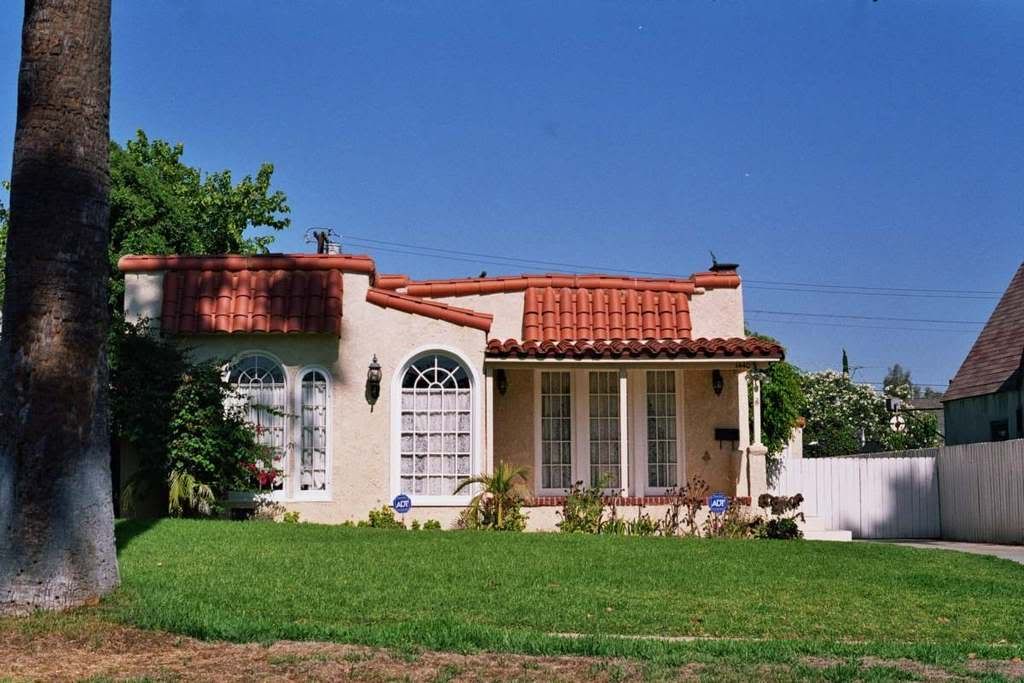
http://i160.photobucket.com/albums/t161/wanchaiboy/rff/_10_00008.jpg
http://i160.photobucket.com/albums/t161/wanchaiboy/rff/_11_00009.jpg
http://i160.photobucket.com/albums/t161/wanchaiboy/rff/_12_00010.jpg
http://i160.photobucket.com/albums/t161/wanchaiboy/rff/_13_00011.jpg
http://i160.photobucket.com/albums/t161/wanchaiboy/rff/_14_00012.jpg
http://i160.photobucket.com/albums/t161/wanchaiboy/rff/_15_00013.jpg
http://i160.photobucket.com/albums/t161/wanchaiboy/rff/_16_00014.jpg
http://i160.photobucket.com/albums/t161/wanchaiboy/rff/_17_00015.jpg
http://i160.photobucket.com/albums/t161/wanchaiboy/rff/_18_00016.jpg
http://i160.photobucket.com/albums/t161/wanchaiboy/rff/_19_00017.jpg
http://i160.photobucket.com/albums/t161/wanchaiboy/rff/_20_00018.jpg
http://i160.photobucket.com/albums/t161/wanchaiboy/rff/_21_00019.jpg
http://i160.photobucket.com/albums/t161/wanchaiboy/rff/_22_00020.jpg
http://i160.photobucket.com/albums/t161/wanchaiboy/rff/_23_00021.jpg
http://i160.photobucket.com/albums/t161/wanchaiboy/rff/_24_00022.jpg
http://i160.photobucket.com/albums/t161/wanchaiboy/rff/_25_00023.jpg
http://i160.photobucket.com/albums/t161/wanchaiboy/rff/__4_00002.jpg
http://i160.photobucket.com/albums/t161/wanchaiboy/rff/__5_00003.jpg
http://i160.photobucket.com/albums/t161/wanchaiboy/rff/__6_00004.jpg
http://i160.photobucket.com/albums/t161/wanchaiboy/rff/__7_00005.jpg
The aperture settings were F5.6 and F16 because of the lighting conditions (etc.). Here are some compressed and reduced scans. No post-processing was performed except size reduction and compression. Following these pictures are links to all the pictures (although photobucket seems to want to reduce their size even more). Of course the images are sharper when viewed directly on my computer at 2400X1600 resolution, but I think the compressed images still give a nice sense of the resolution capability and contrast response of this lens.
By the way the 50/2.8 has really excellent build quality - it reminds me of Leica product of the same era. Of course all the Canon lenses are built well, although some shine a little more brightly than others, and I'd put the 50/2.8 in that group.










http://i160.photobucket.com/albums/t161/wanchaiboy/rff/_10_00008.jpg
http://i160.photobucket.com/albums/t161/wanchaiboy/rff/_11_00009.jpg
http://i160.photobucket.com/albums/t161/wanchaiboy/rff/_12_00010.jpg
http://i160.photobucket.com/albums/t161/wanchaiboy/rff/_13_00011.jpg
http://i160.photobucket.com/albums/t161/wanchaiboy/rff/_14_00012.jpg
http://i160.photobucket.com/albums/t161/wanchaiboy/rff/_15_00013.jpg
http://i160.photobucket.com/albums/t161/wanchaiboy/rff/_16_00014.jpg
http://i160.photobucket.com/albums/t161/wanchaiboy/rff/_17_00015.jpg
http://i160.photobucket.com/albums/t161/wanchaiboy/rff/_18_00016.jpg
http://i160.photobucket.com/albums/t161/wanchaiboy/rff/_19_00017.jpg
http://i160.photobucket.com/albums/t161/wanchaiboy/rff/_20_00018.jpg
http://i160.photobucket.com/albums/t161/wanchaiboy/rff/_21_00019.jpg
http://i160.photobucket.com/albums/t161/wanchaiboy/rff/_22_00020.jpg
http://i160.photobucket.com/albums/t161/wanchaiboy/rff/_23_00021.jpg
http://i160.photobucket.com/albums/t161/wanchaiboy/rff/_24_00022.jpg
http://i160.photobucket.com/albums/t161/wanchaiboy/rff/_25_00023.jpg
http://i160.photobucket.com/albums/t161/wanchaiboy/rff/__4_00002.jpg
http://i160.photobucket.com/albums/t161/wanchaiboy/rff/__5_00003.jpg
http://i160.photobucket.com/albums/t161/wanchaiboy/rff/__6_00004.jpg
http://i160.photobucket.com/albums/t161/wanchaiboy/rff/__7_00005.jpg
Last edited:
Bingley
Mentor
Very nice, David. Isn't the 50/2.8 a tessar clone? It looks like it does very well in bright conditions. I really like the way it renders colors in these shots, and it also seems pretty sharp.
Sonnar2
Well-known
It's time to work on the reputation of the 50/2.8.
I don't believe the common saying that this isn't a good lens.
It's not rocket science to make a very good tessar design standard lens, and Canon did a few more really difficult tasks in that era.
You have the most desirable first version, "zebra design". I have the same lens too, but mine has a slight haze (which seems to be quite common for that lens for some reasons) so it can't be fairly tested. But your pictures look very good. To say the least, it looks as a good sunny-day-lens.
cheers Frank
I don't believe the common saying that this isn't a good lens.
It's not rocket science to make a very good tessar design standard lens, and Canon did a few more really difficult tasks in that era.
You have the most desirable first version, "zebra design". I have the same lens too, but mine has a slight haze (which seems to be quite common for that lens for some reasons) so it can't be fairly tested. But your pictures look very good. To say the least, it looks as a good sunny-day-lens.
cheers Frank
David Murphy
Mentor
Steve I'm not sure about a Tessar design, I'll check on that, but it seems probable -- I need to get the lens layout and compare it with the Tessar. I think this info is in the online Canon museum or some Web site I've seen. And yes of course, a four element RF lens is pretty simple compared to some of the seemingly Herculean (for the time) lens engineering tasks Canon was taking on at the time like the 25/3.5 or the 50/1.2. In light of their greater ambitions, they could probably make a good four element lens easily.
Also, I was not aware there were two versions and I'm certainly delighted to know I have the more desirable one. One of the reasons I took the photos was to help me decide whether or not to sell it (I got it with a nice L3), and now I'm sure I'll keep it.
Frank maybe you should get your lens CLA'd. This usually removes all haze and is not too expensive, particularly for a relatively simple lens like the Canon 50/2.8.
Also, I was not aware there were two versions and I'm certainly delighted to know I have the more desirable one. One of the reasons I took the photos was to help me decide whether or not to sell it (I got it with a nice L3), and now I'm sure I'll keep it.
Frank maybe you should get your lens CLA'd. This usually removes all haze and is not too expensive, particularly for a relatively simple lens like the Canon 50/2.8.
Last edited:
Sonnar2
Well-known

It's a Tessar type as shown by Randal Hooper.

Last edited:
raid
Dad Photographer
Hi David,
The photos look good.
The 50/2.8 was a standard lens with Canon RF cameras when opting for the lowest price set.
I once had such a lens, and I sold it.The Tessar design is great for some type of photography. In the end, I missed a Tessar 50mm lens, so finally I bought a Zeiss Tessar 50/2.8 that originally was a M42 lens and was later modified to a LTM lens mount.
The photos look good.
The 50/2.8 was a standard lens with Canon RF cameras when opting for the lowest price set.
I once had such a lens, and I sold it.The Tessar design is great for some type of photography. In the end, I missed a Tessar 50mm lens, so finally I bought a Zeiss Tessar 50/2.8 that originally was a M42 lens and was later modified to a LTM lens mount.
Bingley
Mentor
If the Canon 50/2.8 is a tessar design, then the following leading question comes to my mind: Wouldn't this lens be a reasonable alternative (certainly at lower cost) to an Elmar 50/2.8 in LTM? It would be interesting to see a comparison between clean versions of these two lenses.
Also, as has been pointed out in some other recent threads, high resolution/lower contrast lenses can be very useful in harsh or bright daylight shooting conditions, and may also excel w/ modern film. I agree it may be time to give this little Canon another look!
Also, as has been pointed out in some other recent threads, high resolution/lower contrast lenses can be very useful in harsh or bright daylight shooting conditions, and may also excel w/ modern film. I agree it may be time to give this little Canon another look!
capitalK
Warrior Poet :P
That zebra design looks great, I'd love to see it on an all-black body.
FrankS
Registered User
The Canon 50f2.8 is a moot point considering that the faster 50f1.8 is also better (image-wise) and inexpensive. There's really no point to it anymore. Also, I think you would be less impressed with images done wide open at f2.8 with this Tessar design. This is where the 50f1.8 really blows the 50f2.8 out of the water.
Last edited:
ferider
Mentor
I disagree. A Tessar is a Tessar, and this is one of the best around.
Interestingly, the 2.8 is younger than the 1.8. The 1.4, 2.8 (both default lenses on the Canon P) and 1.2 came out all around the same time (55-57) while the 1.8 is older.
There is also a 50/2.2, but I've never read a users report.
Roland.
Interestingly, the 2.8 is younger than the 1.8. The 1.4, 2.8 (both default lenses on the Canon P) and 1.2 came out all around the same time (55-57) while the 1.8 is older.
There is also a 50/2.2, but I've never read a users report.
Roland.
Last edited:
FrankS
Registered User
Time for a lens test, Raid! 
Roland, name a 50mm lens of that vintage that won't give a satisfactory image at f5.6.
Roland, name a 50mm lens of that vintage that won't give a satisfactory image at f5.6.
Last edited:
ferider
Mentor
Roland, name a 50mm lens of that vintage that won't give a satisfactory image at f5.6.
Hmm. Reduced your number of 50s recently, didn't you ?
The number of Canon 50s from the 50s just shows that GAS existed back then, too
Roland.
Last edited:
FrankS
Registered User
Hah! Just by one. I just never used my Summarit. I now think that one CAN have too many 50's. 
summaron
Established
In the old days, the tessar was considered a relatively high contrast lens. It reputedly had lens good edge to edge sharpness than a symmar/planar type lens, but could render "wirery sharp" center detail. I believe it also convered a greater range of near and far better than symetrical designs did. (At least the large format photography columnist for Modern Photography in the 70's thought so.)Yashica used a tessar design on a well regarded point and shoot about ten years ago.
Erik L
Well-known
whats this 50 f2.2?
Bingley
Mentor
In the old days, the tessar was considered a relatively high contrast lens. It reputedly had lens good edge to edge sharpness than a symmar/planar type lens, but could render "wirery sharp" center detail. I believe it also convered a greater range of near and far better than symetrical designs did. (At least the large format photography columnist for Modern Photography in the 70's thought so.)Yashica used a tessar design on a well regarded point and shoot about ten years ago.
Interesting point. Do you know how the Canon 50/2.8, or other tessar-design lenses of the 50s and early 60s, compare to the Canon 50/1.8, contrast-wise?
It would be very interesting to compare the signatures of the Canon 50/2.8, 1.8, and 1.4.
ferider
Mentor
xayraa33
rangefinder user and fancier
My biggest problem with the Canon 50f2.8 lens is that the Industar 55/f2.8 L/d lens is just as good and much cheaper to buy.
Erik L
Well-known
My biggest problem with the Canon 50f2.8 lens is that the Industar 55/f2.8 L/d lens is just as good and much cheaper to buy.
its hard to tell from these sample pics if the canon has the same look to it.
Sonnar2
Well-known
Reg. the Tessar-Type: There was a reason why Nikon, Canon, Pentax and many others kept the Tessar-type as their MACRO-SLR lens (typically 50/2.8 or 50/3.5) where high resolution and contrast is required, but no high-speed, well into the 1980's. Normally they came out with higher resolution in tests than Gaussian lenses, but maybe it has something to do with typical test arrangement (close focus targets). A Macro lens is corrected best for close focus and f/5.6-8, compared to a allround lens which is, typically, corrected for middle distances and higher speeds. But there were Macro lenses (i.e. the Micro-Nikkor 50/3.5) which are superior to all other 50's of the the same brand even at infinity (at a given era).
Normally at f/2.8 or f/4 a Tessar isn't as good as a Gaussian lens at the same speed, but at f/5.6-8 there should be no difference in sharpness/contrast, at least what can be seen with a normal color film. Some newer Tessar's show ugly bokeh but I think this has something to do with pushing them for speed and contrast wide open (remember in the pre-WW era Tessar's had f/3.5 or slower)
When Canon launched the 50/2.8 they could have used their experience with the 50/3.5 (same type) as well as the newest glass types available in 1955, which were much better than in the time just after the war...
I have also used the Canon 50/1.8 to some extend. To say the best, it's no so great at f/1.8. The 50/1.4 is far better wide open. Ten years later (1951-1961): what a big step forward! If the speed is desperately needed, it can be used at f/1.8. Or if results are just shown in the www, or printed in 3x4 inch. But whith some more expectations, you need to stop down it at least to f/4.
So probably a test is needed to find out...
Normally at f/2.8 or f/4 a Tessar isn't as good as a Gaussian lens at the same speed, but at f/5.6-8 there should be no difference in sharpness/contrast, at least what can be seen with a normal color film. Some newer Tessar's show ugly bokeh but I think this has something to do with pushing them for speed and contrast wide open (remember in the pre-WW era Tessar's had f/3.5 or slower)
When Canon launched the 50/2.8 they could have used their experience with the 50/3.5 (same type) as well as the newest glass types available in 1955, which were much better than in the time just after the war...
I have also used the Canon 50/1.8 to some extend. To say the best, it's no so great at f/1.8. The 50/1.4 is far better wide open. Ten years later (1951-1961): what a big step forward! If the speed is desperately needed, it can be used at f/1.8. Or if results are just shown in the www, or printed in 3x4 inch. But whith some more expectations, you need to stop down it at least to f/4.
So probably a test is needed to find out...
Last edited:
Share:
-
This site uses cookies to help personalise content, tailor your experience and to keep you logged in if you register.
By continuing to use this site, you are consenting to our use of cookies.

